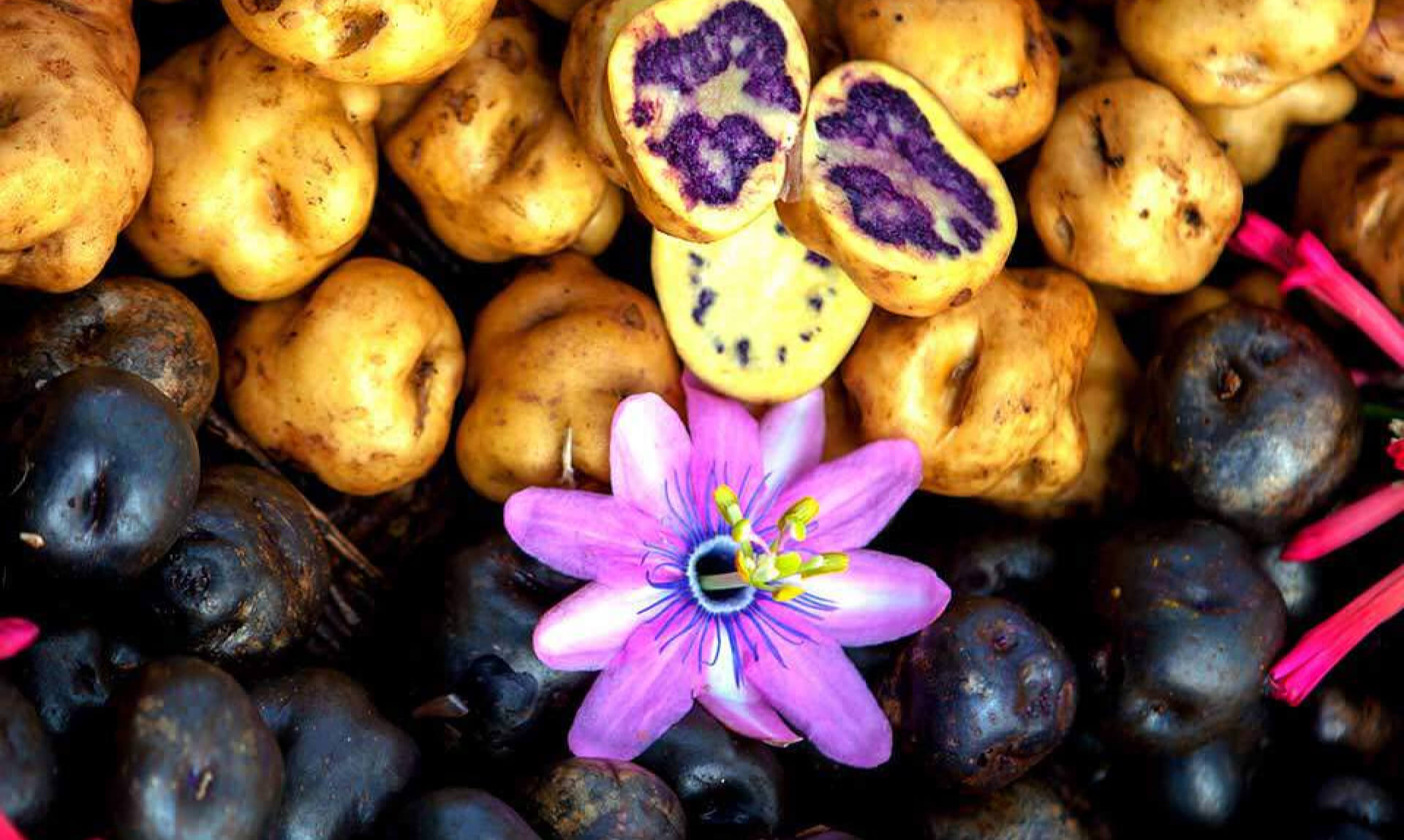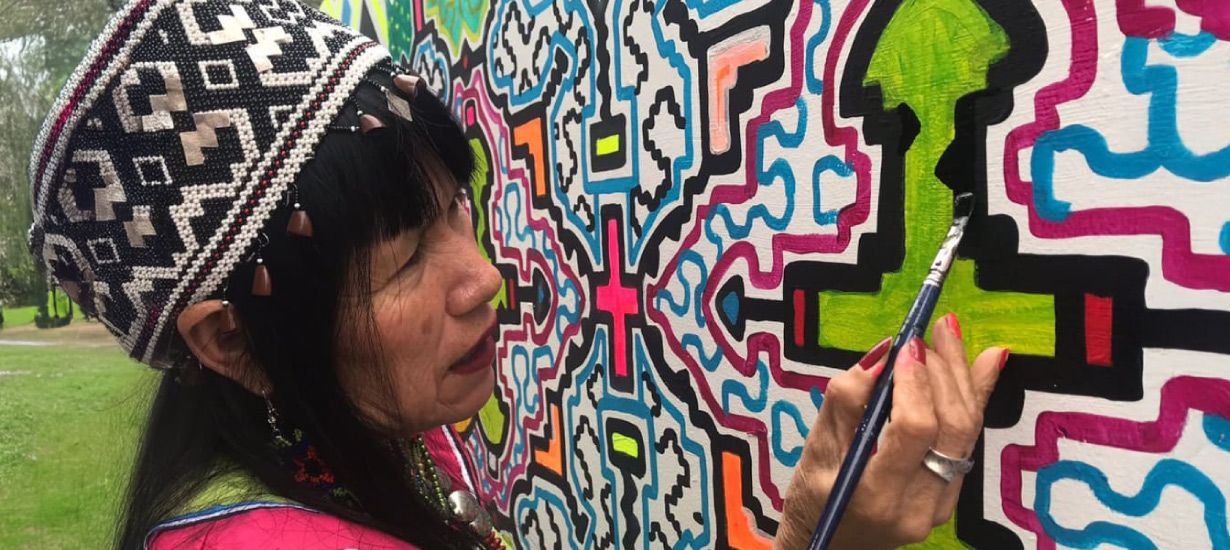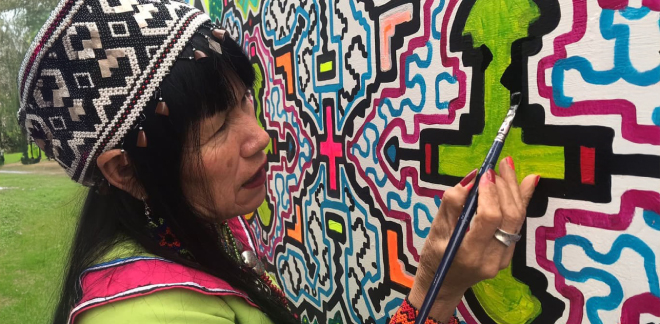Olinda Silvano and Kene art: Identity, creativity, and cultural heritage
Síguenos en:Google News
Through the voice of Olinda Silvano, a Shipibo artist and activist, we explore the role of this art form in preserving Amazonian culture and its influence in today's world.
Art is one of the most powerful expressions of culture in any community. For the Shipibo-Konibo people, Kene art stands as a symbol of identity, resistance, and sustainability.
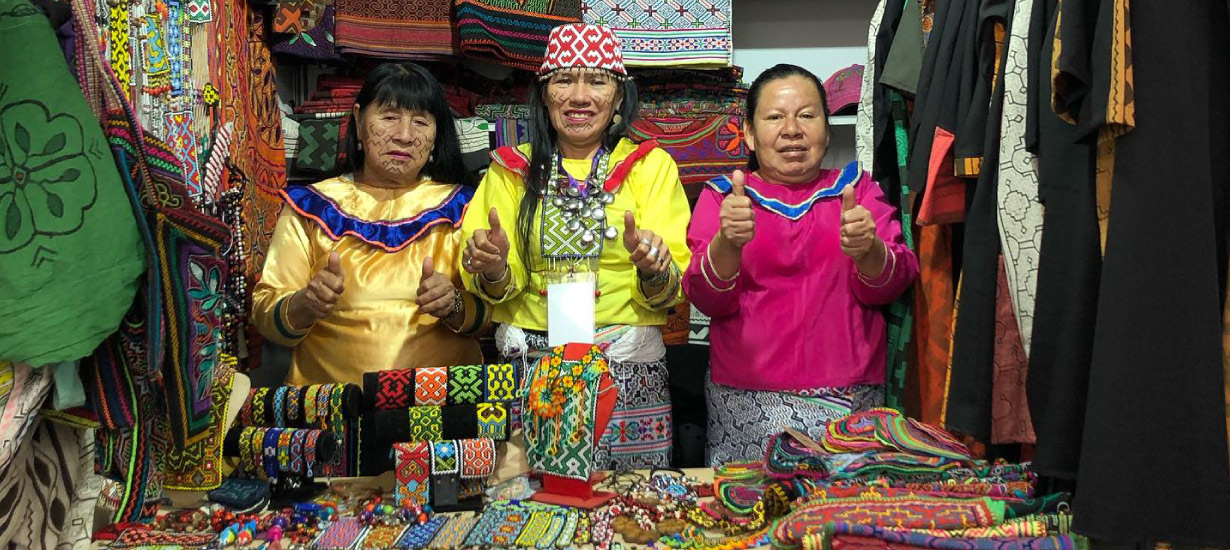 Source: Ig. Olinda Silvano
Source: Ig. Olinda Silvano
Ancestral roots and intergenerational knowledge
Olinda Silvano shares that her connection to Kene art began even before birth when her grandmother placed a piripiri on her navel—a ritual of protection and a link to her lineage.
At just two years old, she began painting on the ground, as she had no materials, learning from her mother, grandmother, and aunts. "From childhood, the women in our family taught us, and we refined our work over time," Olinda explains. This generational transmission has been essential to preserving Shipibo art and ensuring its survival through the centuries.
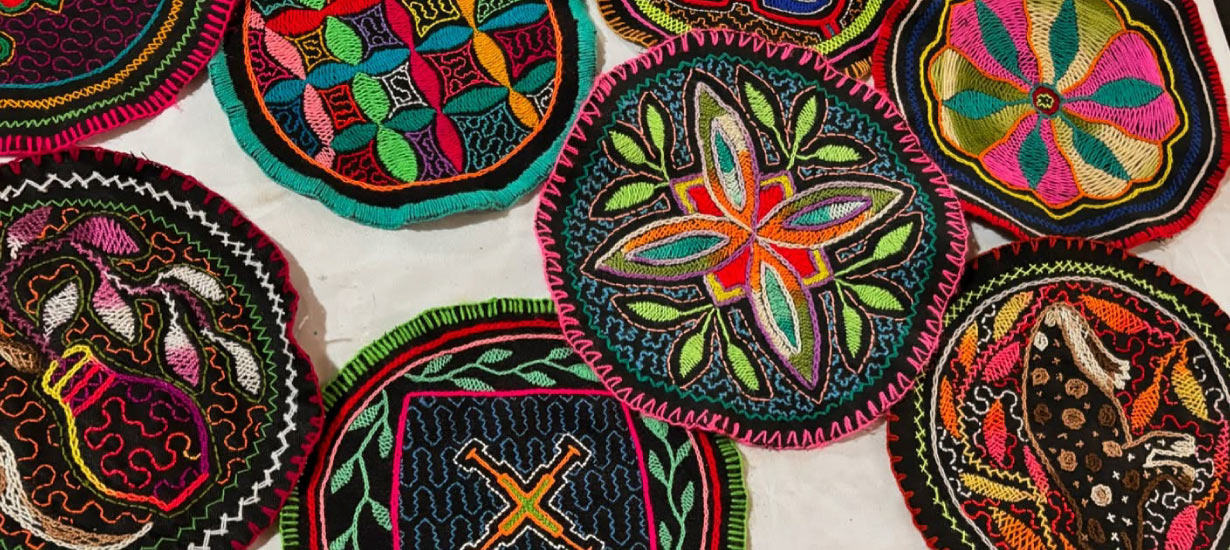 Source: Ig. Olinda Silvano
Source: Ig. Olinda Silvano
Kene art: A symbol of identity and resistance
"Kene is identity, it is energy, it is Amazonian art," Olinda declares with passion. More than just decoration, this art embodies a deep worldview, drawing inspiration from nature and incorporating medicinal plants for healing. "We wear our identity—we dress in our traditional attire and speak our language to keep it alive," she emphasizes, highlighting the importance of preserving traditions in a world that increasingly leans toward cultural homogenization.
Sustainability and protection of natural resources
Shipibo art carries deep cultural significance while also reflecting a commitment to sustainability. Using traditional materials like cotton and natural dyes extracted from mahogany bark, mango, and clay, artisans uphold environmentally friendly practices that honor their connection to nature.
However, the extraction of these resources raises concerns due to the indiscriminate felling of trees. "Our forests are the lungs of the world; without them, we would be nothing," Olinda stresses. To tackle this issue, she and her brother have launched a reforestation project on his 4,000-square-meter plot of land, where they plan to plant trees gradually, ensuring the preservation of these resources for future generations.
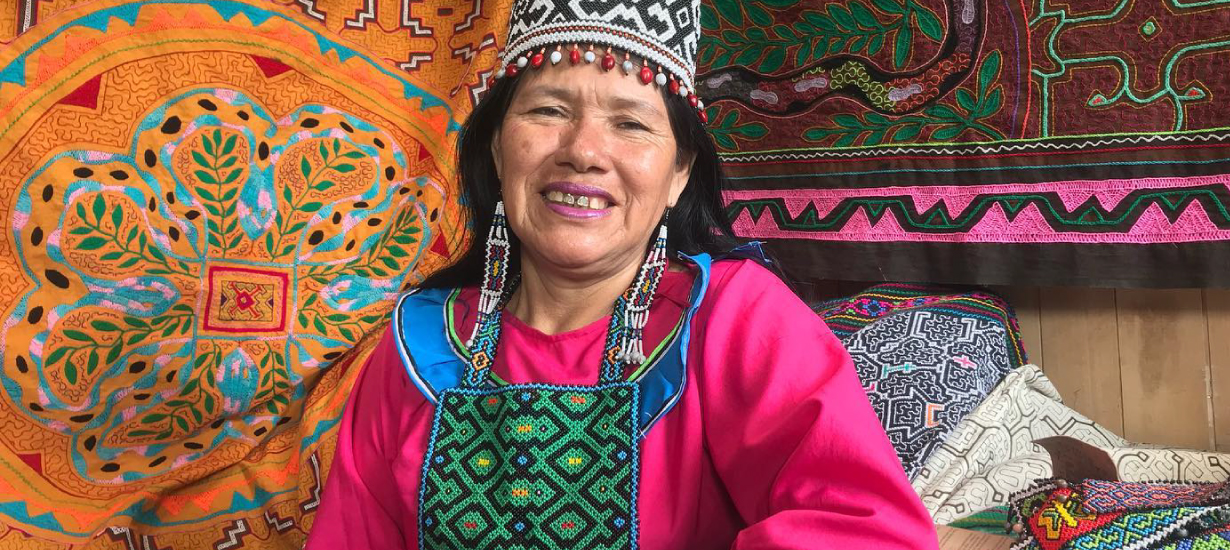
Empowerment and legacy
Art is not just a form of expression; it is also a powerful tool for empowerment, especially for Shipibo women. "In the past, women were submissive and stayed at home, but art has given us independence and the ability to support our children," Olinda emphasizes. This shift has been crucial for new generations of artists, who see art as both a source of livelihood and a means of resistance.
For Olinda, art is both an opportunity and a journey of self-discovery. "Art is for everyone; it is about finding your talent and what you love most," she says. "Many young people who are unemployed can find a path in art." She encourages the next generation to embrace their cultural identity while exploring new possibilities for the future.
Reflecting on her legacy, Olinda hopes to be remembered as a "humble servant of Peru" who shared her culture with the world with love and respect. Her story is a testament to the power of art—not only as a link between past and future but also as a cultural tool and a path toward a more conscious and sustainable world.
In recognition of her work, Olinda Silvano has received several prestigious awards and honors. In 2022, she was awarded the National Award for Women Artisans in the Leading Artisan category. Likewise, in 2018, the Peruvian Ministry of Culture recognized her as a Meritorious Cultural Personality. These accolades highlight her tireless efforts to promote and revitalize Shipibo-Konibo art.

